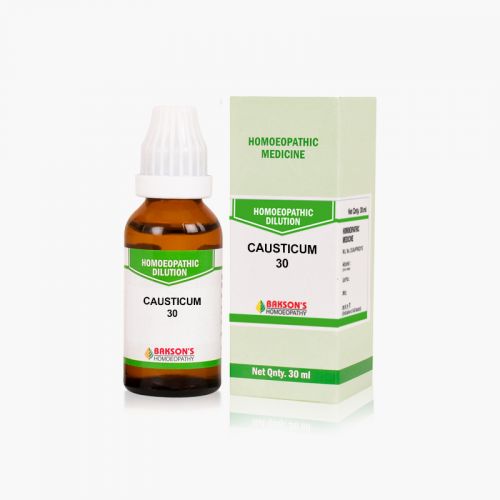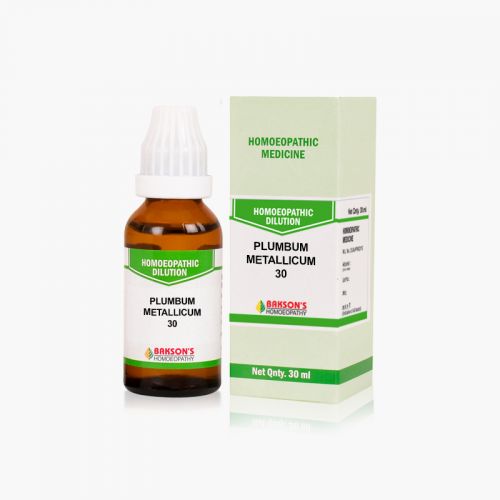We use cookies to make your experience better. To comply with the new e-Privacy directive, we need to ask for your consent to set the cookies. Learn more.
What is Parkinson's Disease?
Parkinson disease is a neurodegenerative disorder that mostly presents in later life with generalized slowing of movements (bradykinesia) and at least one other symptom of resting tremor or rigidity. It is idiopathic parkinsonism without evidence of more widespread neurologic involvement.
More than 10 million people worldwide are living with PD and men have a greater preponderance to develop the disease than women. It affects the population over the age of 60 years.
Causes
The disorder is associated with the loss of dopaminergic neurons in the substantia nigra and the presence of Lewy bodies (cytoplasmic intraneural inclusion granules). It is a disorder of the basal ganglia which contains striatum receiving excitatory and inhibitory input from various parts of the cortex.
Exposure to pesticides, herbicides and MPTP injections (1-methyl-4-phenyl-1,2,3,6-tetrahydropyridine) increases the risk of developing Parkinson's disease. Genetic forms of Parkinsonism exist, most common are mutations in LRRK2 an alpha- synuclein.
Sign and symptoms
Tremors usually unilateral and present at rest are the early feature of Parkinson's disease. Slowness of voluntary movements or bradykinesia is a core feature. The patient will take multiple small steps to turn (en-bloc turning) and will have a tendency to fall backwards (retropulsion).
On checking the muscle tone, lead-pipe and cogwheel rigidity can be examined. Other symptoms include-
- Fixed expressionless face (facial masking)
- Reduced frequency of blinking
- Micrographia (small handwriting)
- Reduced arm swinging
- Anosmia (loss of smell)
- Loss of cognitive functions
Diagnosis
The main clinch for the diagnosis is the history and physical examination to find out the typical symptoms of Parkinson's disease. There is no specific laboratory or imaging procedure that can help in the diagnosis of the disease.
General management
A multidisciplinary approach is required for the management of Parkinsonעs disease. Pharmacological intervention along with structured physical therapy programmes can be undertaken to improve the balance and gait stability so as to maintain an active life.
Warning: Above information provided is an overview of the disease, we strongly recommend a doctor's consultation to prevent further advancement of disease and/or development of complications.
Disclaimer: The information provided herein on request, is not to be taken as a replacement for medical advice or diagnosis or treatment of any medical condition. DO NOT SELF MEDICATE. PLEASE CONSULT YOUR PHYSICIAN FOR PROPER DIAGNOSIS AND PRESCRIPTION.
- ARGENTUM NITRICUM 30₹ 100.00
- CAUSTICUM 30₹ 100.00
- GELSEMIUM SEMPERVIRENS 30₹ 100.00
- PLUMBUM METALLICUM 30₹ 100.00
- ZINCUM METALLICUM 30₹ 100.00








